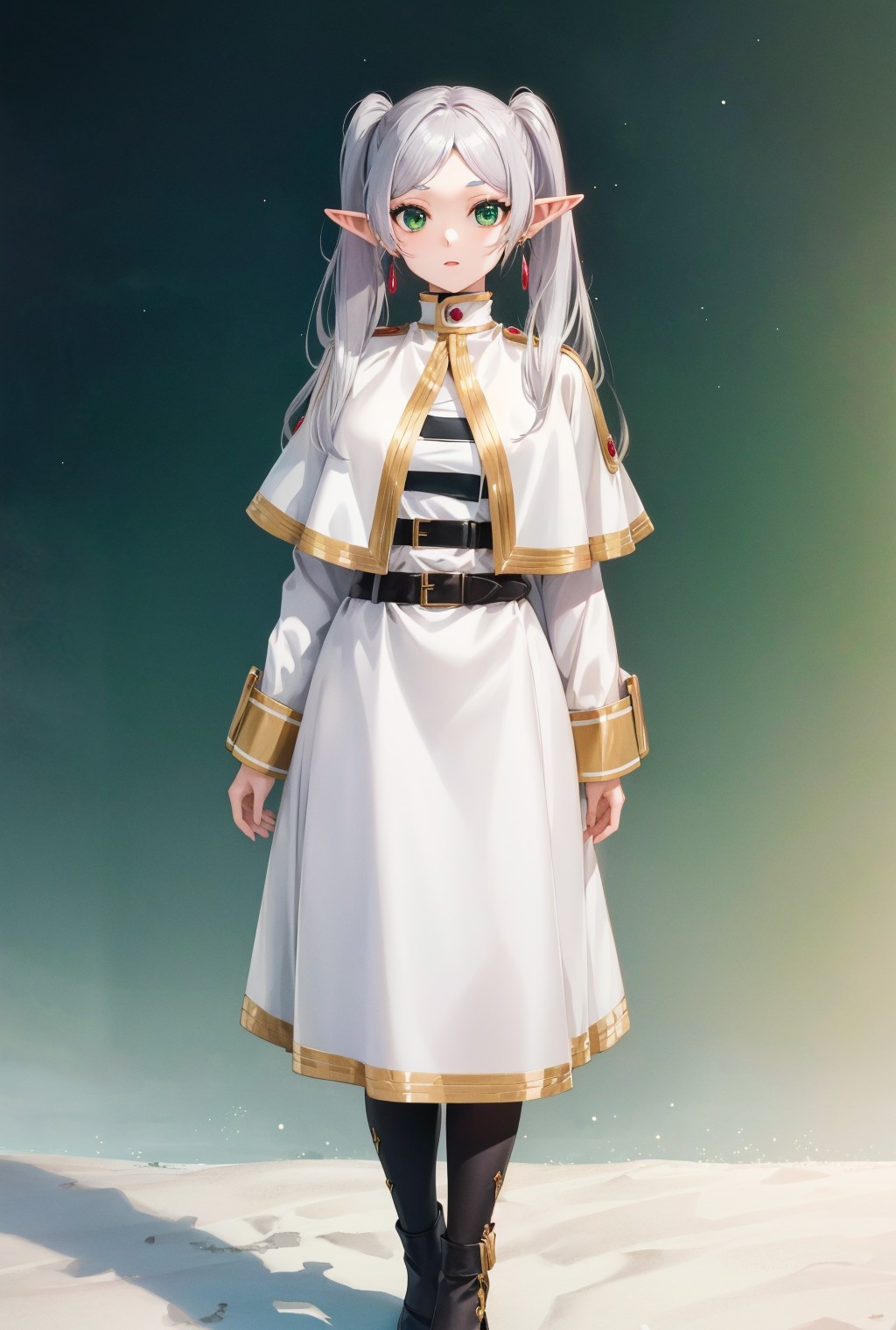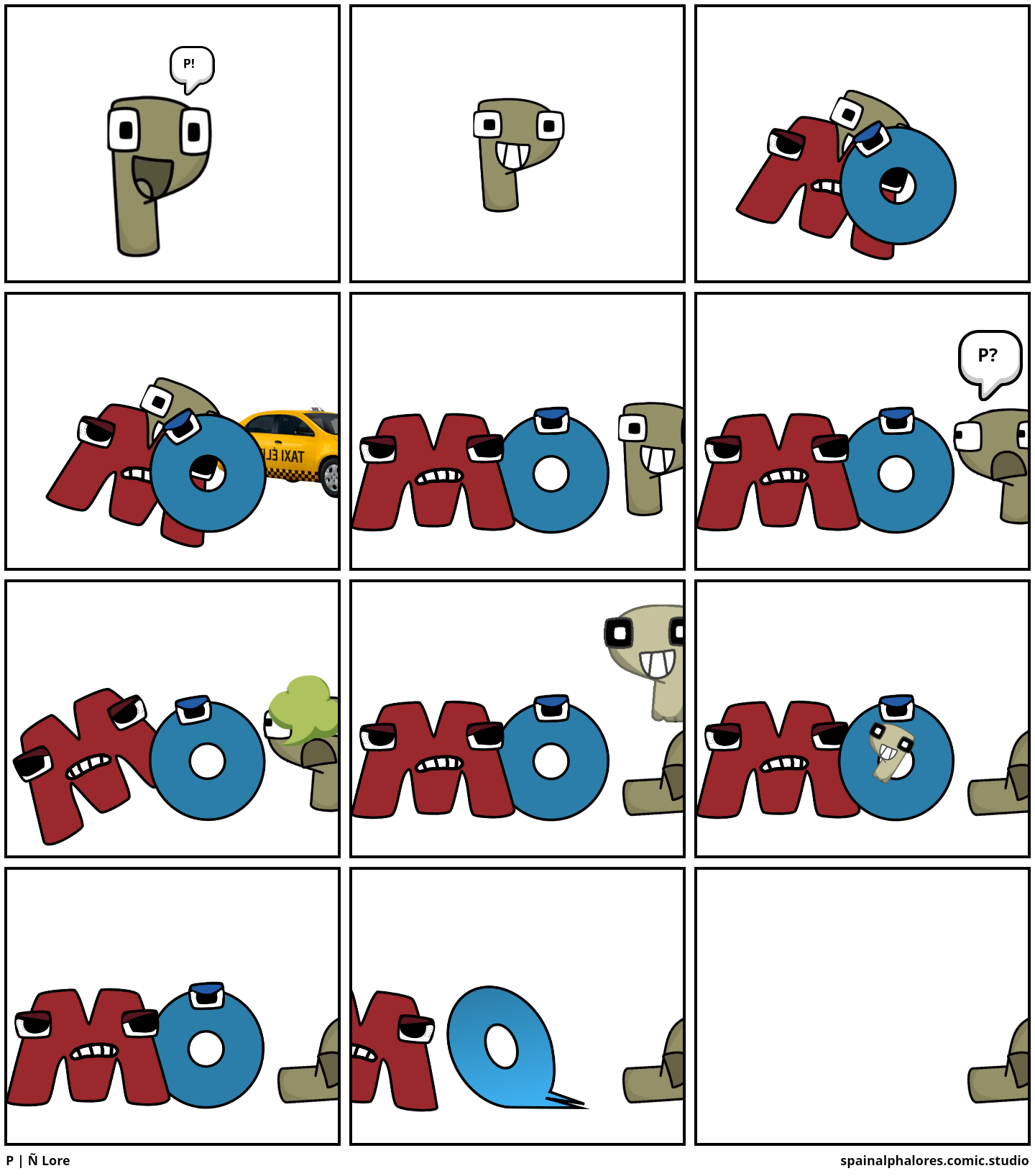нетребко - Decoding Global Characters
Imagine for a moment a string of characters like нетребко, sitting there on your screen. It looks simple, doesn't it? Yet, behind those few marks lies a really complex system, a whole way of making sure computers can show us words from pretty much any language on Earth. This idea, so, of making sense of all the different letters and symbols people use, is more fascinating than you might at first think.
When we see letters from languages we don't read every day, it's easy to just pass them by. But for computers, each one of those little marks, whether it's part of a familiar English word or something like нетребко, needs a very specific way to be stored and displayed. This means giving every single character a unique identity, a sort of digital fingerprint, you know?
This challenge of representing all human writing, from ancient scripts to modern emojis, is something that has been worked on for a long time. It helps us share all sorts of messages, from important trade talks to simple recipes, across borders and different ways of speaking. It’s a pretty big deal, actually, how we manage to make sense of it all.
- Courteney Cox Net Worth 2025
- Geneen Wright
- How Much Does Jimmy Kimmel Make A Year
- Brandon Boyd
- How Much Is Courteney Cox Worth
Table of Contents
- What's in a Name - The Essence of нетребко's Appearance?
- How Do We Handle Different Writing Systems, Like Those Seen in нетребко?
- What Happens When You Look Up a Character, Like in нетребко?
- The Older Voices Behind the Characters, and What This Means for нетребко
- When Characters Go Astray: The нетребко Naming Puzzle
- A World of Symbols Beyond Simple Words, Including Those Related to нетребко
- Diverse Data and the Unseen Threads of нетребко
What's in a Name - The Essence of нетребко's Appearance?
When you see something like нетребко, it’s not just a collection of random lines. It is, in fact, a specific sequence of characters from a particular writing system. Each individual part of that word, every single letter, carries its own distinct visual shape and, just a little, its own place in the digital world. This is how computers manage to show us text from languages like Russian or Bulgarian, which use the Cyrillic alphabet, quite different from the Latin letters we often use. This visual representation is what allows us to recognize and process information, no matter its origin. It’s pretty important, really, that every mark has its own spot.
How Do We Handle Different Writing Systems, Like Those Seen in нетребко?
Thinking about how we put words from all over the planet into a computer can seem like a bit of a head-scratcher. How does a machine know that the first character in нетребко is distinct from the second, or that it’s not just a weird symbol? The answer, actually, comes down to a very clever system that gives every single letter, number, and mark its own special code. This helps computers communicate about written language without getting mixed up, which is rather useful.
The Big Idea of Unicode and нетребко's Place
There's a system that works like a giant dictionary for all the world's written characters. It’s called Unicode, and it gives a unique number, a code point, to every single character. This means that whether you’re looking at a common English letter or a character from нетребко, it has its own special spot. This helps ensure that when you type something on one computer, it looks the same on another, no matter the language. It’s quite a comprehensive setup, to be honest.
As of the most recent big update, this system has assigned unique numbers to a truly large amount of characters, well over two hundred and ninety thousand, to be somewhat exact. These cover so many ways people write, including over a hundred and sixty different writing styles from today and from times long past. It also includes many groups of symbols. This wide coverage means that characters like those found in нетребко are given their proper digital home, allowing for smooth communication across many languages. It’s a pretty extensive collection, really.
Making Special Marks with Alt Codes for нетреÐbко and Others
Sometimes, you need to type a character that isn't on your regular keyboard, maybe a special symbol or a letter from another language. That’s where something called "Alt codes" come in handy. These are little number combinations you press with the Alt key to make those special characters appear. You can find lists of these codes that cover all sorts of unique marks and symbols. It's a handy trick for getting those specific shapes, like perhaps a character that might be part of a word like нетребко, onto your screen when you need it, you know?
Learning how to use these Alt key codes can be quite useful for anyone who deals with text that goes beyond the usual English alphabet. It lets you bring up a whole range of characters, from currency symbols to mathematical signs, or even letters from different languages that are not directly available on your standard keyboard layout. This capability is, in some respects, a small but mighty tool for dealing with the wide world of written information, making it possible to produce text with all sorts of varied components, even those that appear in words like нетребко.
What Happens When You Look Up a Character, Like in нетребко?
When you want to know more about a specific character, like one of the letters in нетребко, there are tools that can help. These tools let you put in a single character, or a whole word, or even copy and paste a long piece of writing. What happens next is pretty cool: the tool gives you a detailed breakdown, character by character. It tells you what each part is, almost like taking the word apart piece by piece to see how it works. This is really helpful for understanding how different writing systems are put together, you know?
This kind of searching lets you quickly look into any character that might be in a Unicode string. It's a way to get a closer look at the individual components that make up words, especially those from languages you might not be familiar with. It helps you see the distinct identity of each mark, which is quite important for computer systems that need to process and display text correctly. So, if you ever wonder about a particular letter in a word like нетребко, this kind of search gives you the inside scoop on its digital makeup.
The Older Voices Behind the Characters, and What This Means for нетребко
The way we write today has roots that go back a very long time, to older forms of language and writing. Understanding these older ways of putting words down helps us appreciate the journey of characters, even those in something like нетребко. It shows us that the need to represent sounds and ideas visually has been around for ages, and the methods have just gotten more refined over time. This historical view gives a bit of depth to our current ways of handling text, you know?
Old Icelandic and Middle English Echoes with нетребко
Think about languages like Old Icelandic, which was a later part of Old West Norse, or even Middle English. There are dictionaries for these older forms of speech, like a concise dictionary of Old Icelandic that came out in 1910. Because it’s so old, there are many versions of this book that anyone can use without charge. These older languages, with their unique sounds and writing habits, show us how diverse human communication has always been. It makes you think about how a name, perhaps like нетребко, would have been written or even sounded in those distant times, which is rather interesting.
The study of these older linguistic forms, such as Middle English, with words like "thede," gives us a picture of how language has shifted and grown. The systems we use today to encode characters, including those in words like нетребко, are built upon centuries of human effort to record and share information. It highlights that the challenge of capturing every sound and symbol in a written form is not new, but has simply found more advanced solutions over time. It is, in some respects, a continuous story of human expression.
When Characters Go Astray: The нетребко Naming Puzzle
Sometimes, even with all these clever systems, things can get a little mixed up when it comes to specific characters, especially with names. For instance, someone who speaks Russian might tell you that "Игорь" is a proper name, but "Игорќ" is not quite right; it should really be "ь" instead of "ќ". This kind of subtle difference, where one tiny mark changes everything, is a really good example of why careful character representation matters. It’s like the difference between saying "нетребко" and having one letter slightly off, which could change its meaning or make it unreadable. This shows how precise you need to be, basically.
This small but significant point about "Игорь" and "Игорќ" highlights the importance of having a clear and correct way to convert letters between different forms or systems. It means that when you’re dealing with text that contains characters from various languages, like those that make up ннетребко, you need reliable tables or guidelines. These help ensure that the right character appears in the right place, preventing misunderstandings and keeping the original meaning intact. It's a pretty important detail for clear communication, you know?
A World of Symbols Beyond Simple Words, Including Those Related to нетребко
Beyond just letters and numbers, our digital world is full of all sorts of other symbols. You can type things like little pictures, often called emoji, or different kinds of arrows, musical notes, and even symbols for money. There are also game pieces, scientific signs, and many other types of marks. These are all given their own unique codes within the Unicode system, just like the letters that form нетребко. It means that whether you want to send a happy face or write a complex math problem, the computer knows exactly what you mean, which is pretty neat.
These various symbols are organized into specific groups within the Unicode structure. For instance, emoji can be found in certain blocks of codes, and there are separate areas for arrows, basic Latin characters, and even special symbols used in Chinese, Japanese, and Korean writing. This organization helps keep everything tidy and easy to find, allowing for a truly wide range of visual communication. It shows that the system is not just for words
- Is Rob Schmitt Married
- How Much Does George Gray Make On The Price Is Right
- Chris Kempczinski
- Lawrence Jones Salary
- Guillermo Jimmy Kimmel

Image posted by fansay

Ñ - Comic Studio

Р | Ñ Lore - Comic Studio